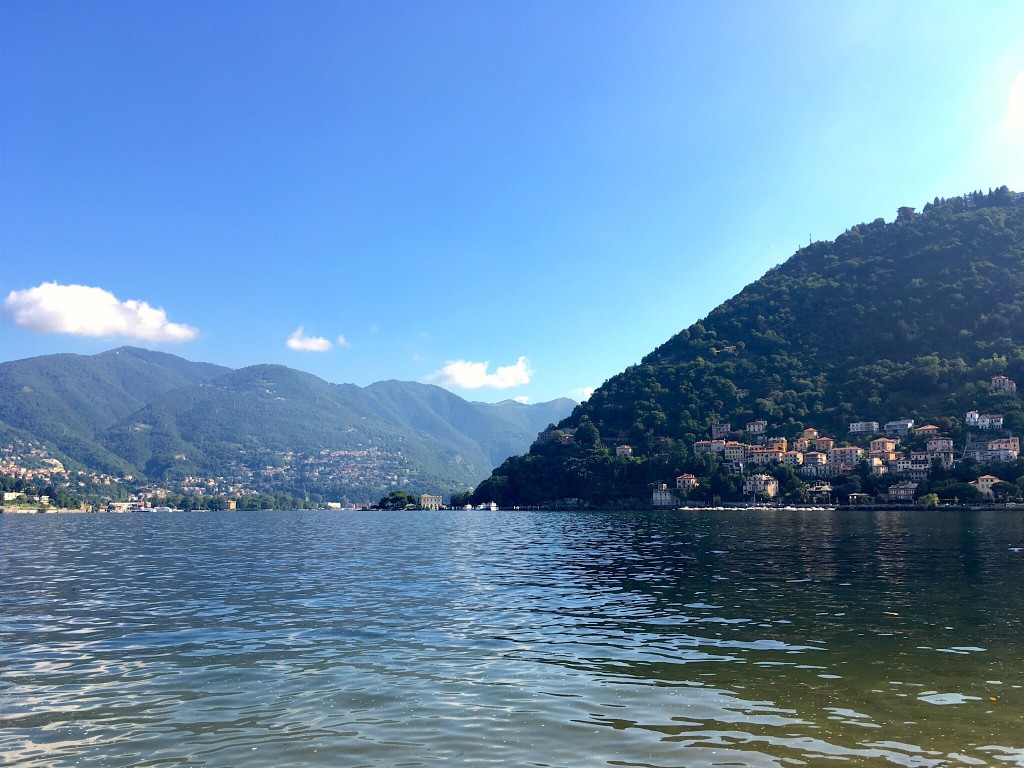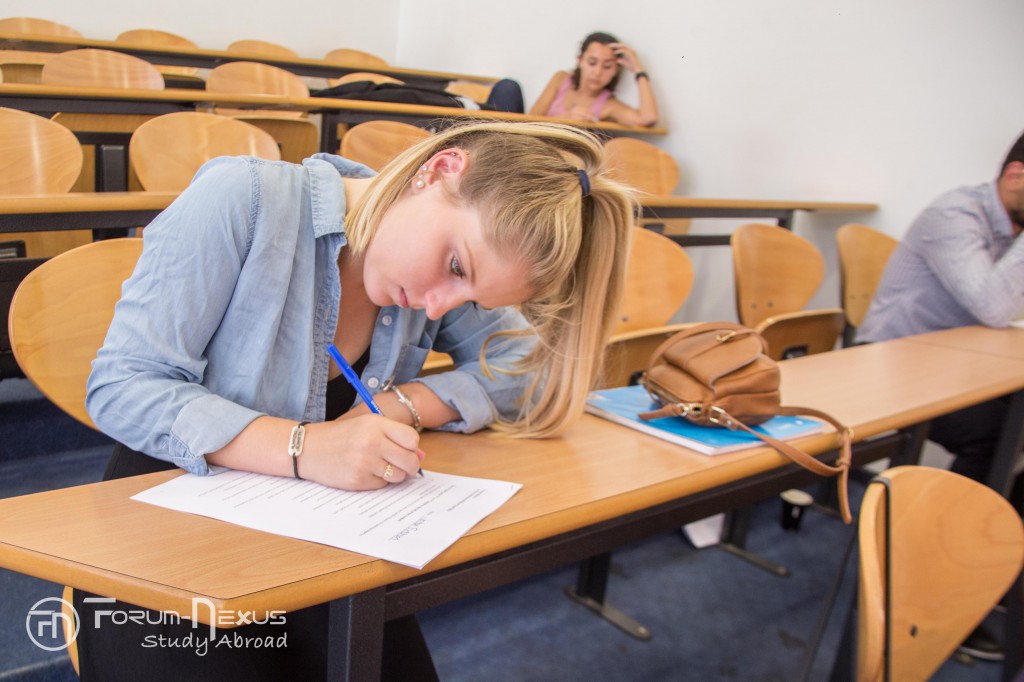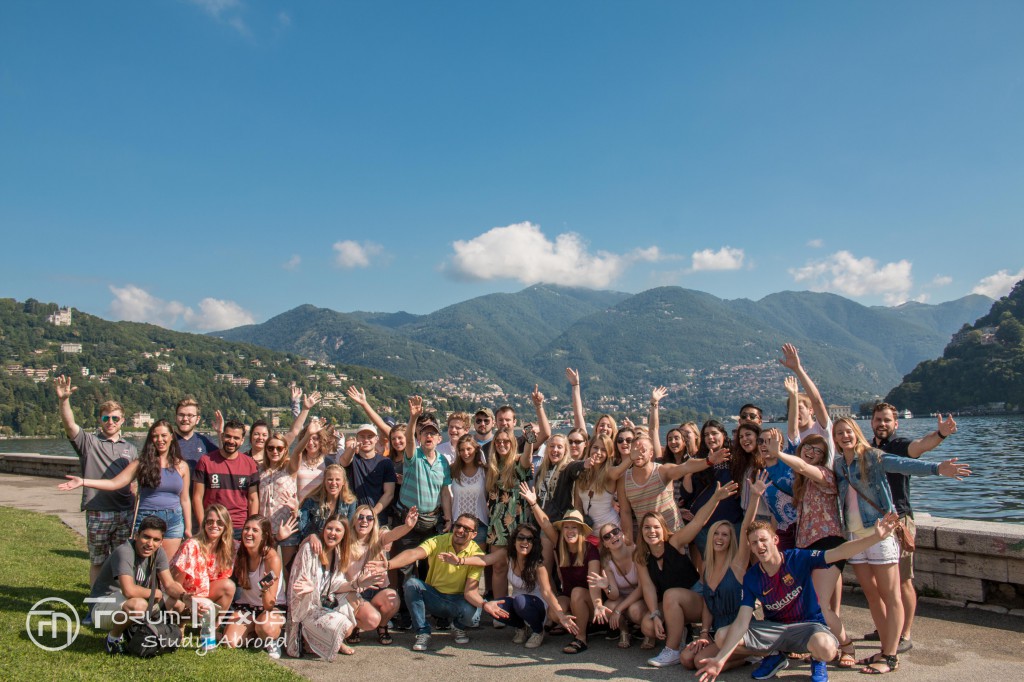It all started with a walking tour of Como, Italy. I have traveled through several areas of Italy before, such as Rome, Capri, Pompeii, Sorrento, Venice, and Florence, but I had never been to Como. What set this city apart for me was the close proximity to Lake Como. The position of Como was extremely important historically speaking; Como is located at the junction of the Mediterranean Sea and northern Europe. It also has a very easy pass through the Alps to reach Germany.

I found the history behind the formation of the buildings in Como quite comical. After a long religious war between the people of Milan and Como, the people of Milan destroyed the city of Como in 1127. The only structures left were churches, convents, and the bishop’s palace. In 1158, they began to rebuild the city that now stands today. However, the people of Como got their revenge on the people of Milan by destroying their city in return.

A fun fact that I learned during the group tour of Como is what happened to the original fountain that used to sit in the Piazza Cavour. The fountain was purchased by William Rockefeller and brought back to New York. The fountain is now called the Rockefeller Fountain and can be found at the Bronx Zoo. I am originally from Westchester, New York, located about an hour and a half from the Bronx Zoo. I have actually been inside the zoo multiple times and have seen that exact fountain but had never known the origin of the fountain. Italy is one of my favorite places on earth, and now when I go back home to New York, I can find a little piece of Italy in the States.
During Forum-Nexus I took Professor Batia’s art class, and where we learned about the painting Mona Lisa. I also had the amazing opportunity to visit the Louvre Museum while in Paris, France to see the Mona Lisa in person. The details in the background of the painting are not drawn very clearly and are made to look hazy. If you look closely, you can see that the background landscape is Lake Como and also includes abridge found in the town of Como. I found this very interesting because most articles describing the Mona Lisa, as well as our art textbook, do not mention this fact.

I found it very helpful that the locals of the town of Como spoke both Italian and very good English. Many of the locals were friendly and helpful with directions. There were many small food establishments that served classic Italian food options, which everyone knows and loves. I enjoyed the style of the town including the classic cobblestone roads and narrow side streets that lead to the large piazzas.
An attraction that I would recommend to future Forum-Nexus students would be the tour of the silk museum. Como is the world capital of the silk industry. The people of Como have been involved in the silk business for centuries. The trees of the region are a perfect food supply for the worms that produce cocoons of silk. The museum walks you through many of the old machines that were used for the entire silk-making process. You could see the evolution of the machines used from the earliest most basic models to some of the later machines that looked almost like computers. They also had old blocks used to print on the silks and make other design elements besides dyeing the silk.

Overall, I recommend all future Forum-Nexus students to visit the city of Como. The city itself is very different from the appearance and atmosphere of other Italian cities on the itinerary. Milan and Rome give you the city experience, whereas Como is a gorgeous town that rests on a lake with rolling mountains, decorated with houses in the hills.
By: Jordan E., FN ’17 alumna